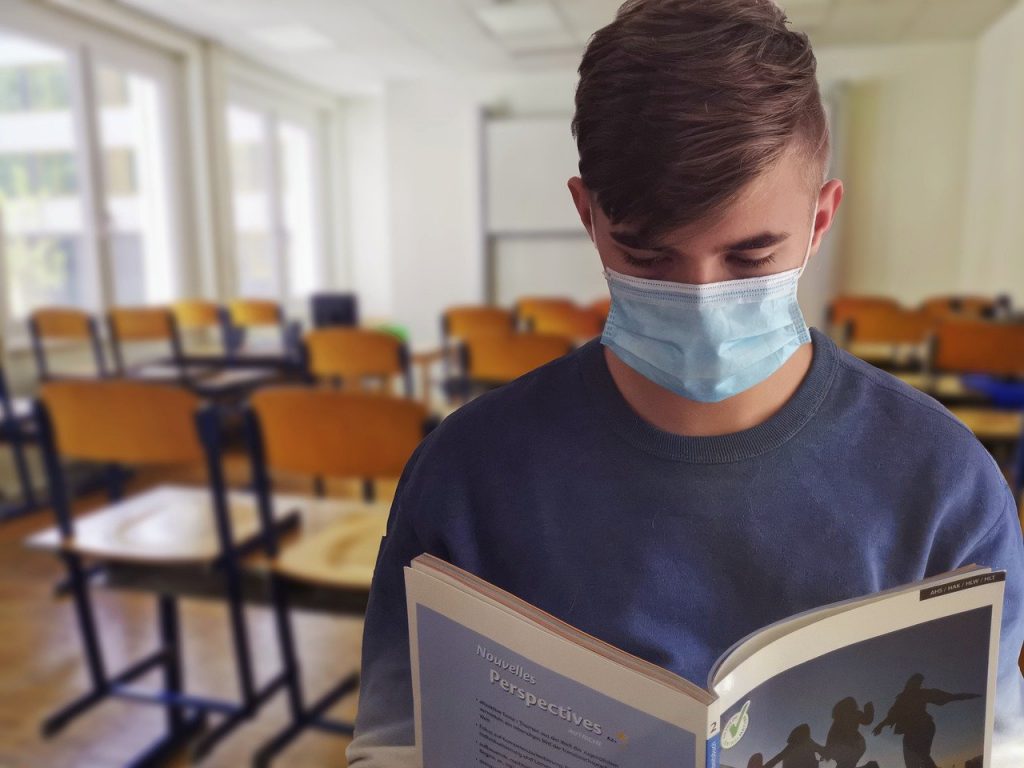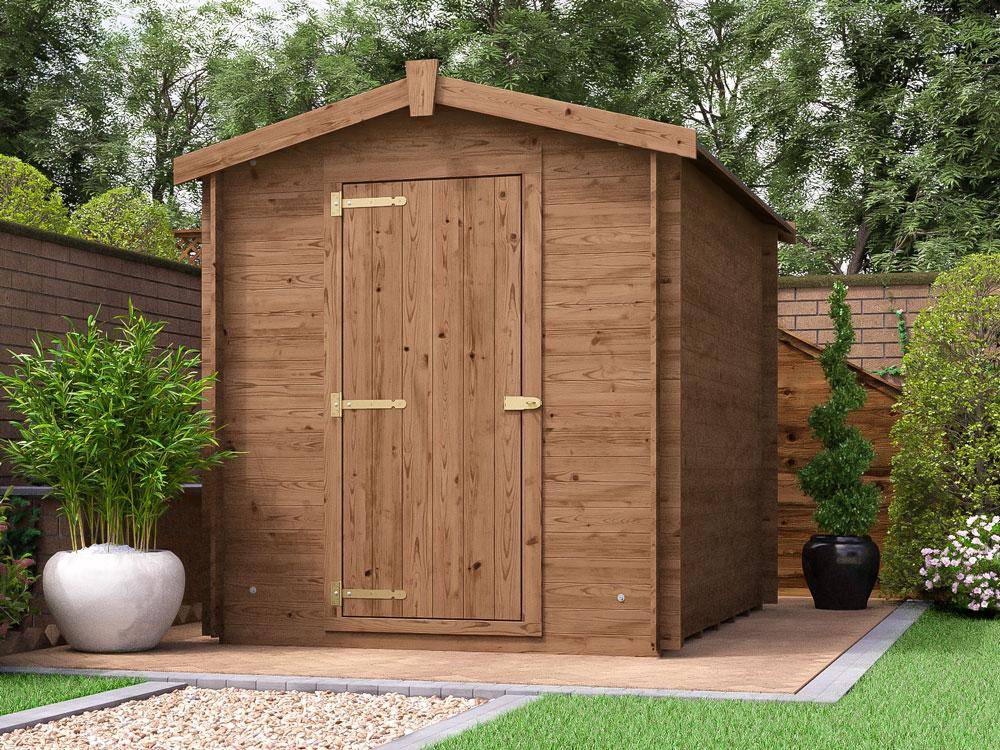Ministers are looking at changing isolation rules for schools, and introducing daily testing instead. The current system for controlling Covid in England sees groups of children self-isolating if one of them tests positive. This is expected to end in the autumn, to coincide with the start of the new school year.

The number of pupils taking time off school because of Covid is alarming, and something needs doing about it now. Official figures from last week show over 250,000 children in the UK absent from school due to Covid.
A rising number of children are needing to quarantine, which is an issue Health Secretary Sajid Javid pledges to address. Official figures show 172,000 children in England had to self-isolate this month because of potential contact with a positive Covid case in school. This is causing frustration for both parents and teachers because of the disruption to their education and households.
The Department for Education has written to secondary schools, preparing them for possible changes after the summer break. The government are aiming to keep as many children in face-to-face classes as they possibly can. England’s Children’s Commissioner Dame Rachel de Souza urgently wants children to return to normal, because lockdown restrictions are traumatic for a lot of young people.
The government brought in many important measures to deal with the pandemic, including policies on self-isolation. Currently, pupils are grouped into bubbles, usually based on year groups or classes, which must quarantine for 10 days when one child tests positive for Covid. They are now assessing the data and necessity of bubbles in the future, before deciding whether to end current rules.
Daily testing trials
A small selection of secondary schools and colleges are currently trialling daily on-site testing. This pilot scheme sees people who have had close contact with an infected person take a test every day rather than self-isolate.
The trials end this week, but ministers will need time to examine results before making any final decisions on isolation rules. However, they realise the importance of making announcements of any changes before the end of term, to enable proper implementation after the break.
Like most measures introduced to manage Covid, automatic self-isolation of pupils has both costs and benefits. At the start, it was essential to control cases of infection, and save lives. But now most vulnerable people are protected by vaccinations, there is not as much need for it.
Meanwhile, the costs are mounting up due to the large numbers self-isolating, as the virus continues to spread. Many child health experts and teaching unions now believe the expense outweighs the benefits. They are questioning the current approach to handling the situation.
However, the problem is knowing what the best replacement solution is. Rapid testing is an alternative to self-isolation. But these tests have their limitations on accuracy of identifying infections. Another option is the vaccination of children, but government advisers have not given the go ahead for that yet.
An expert in child health at Newcastle University suggests tightening the guidance about what determines close contact, so less children are affected.
Thank you for reading Isolation rules for schools could end

Looking for a storage solution for your garden furniture, tools and belongings? Look no further – Garden Sheds at affordable prices.